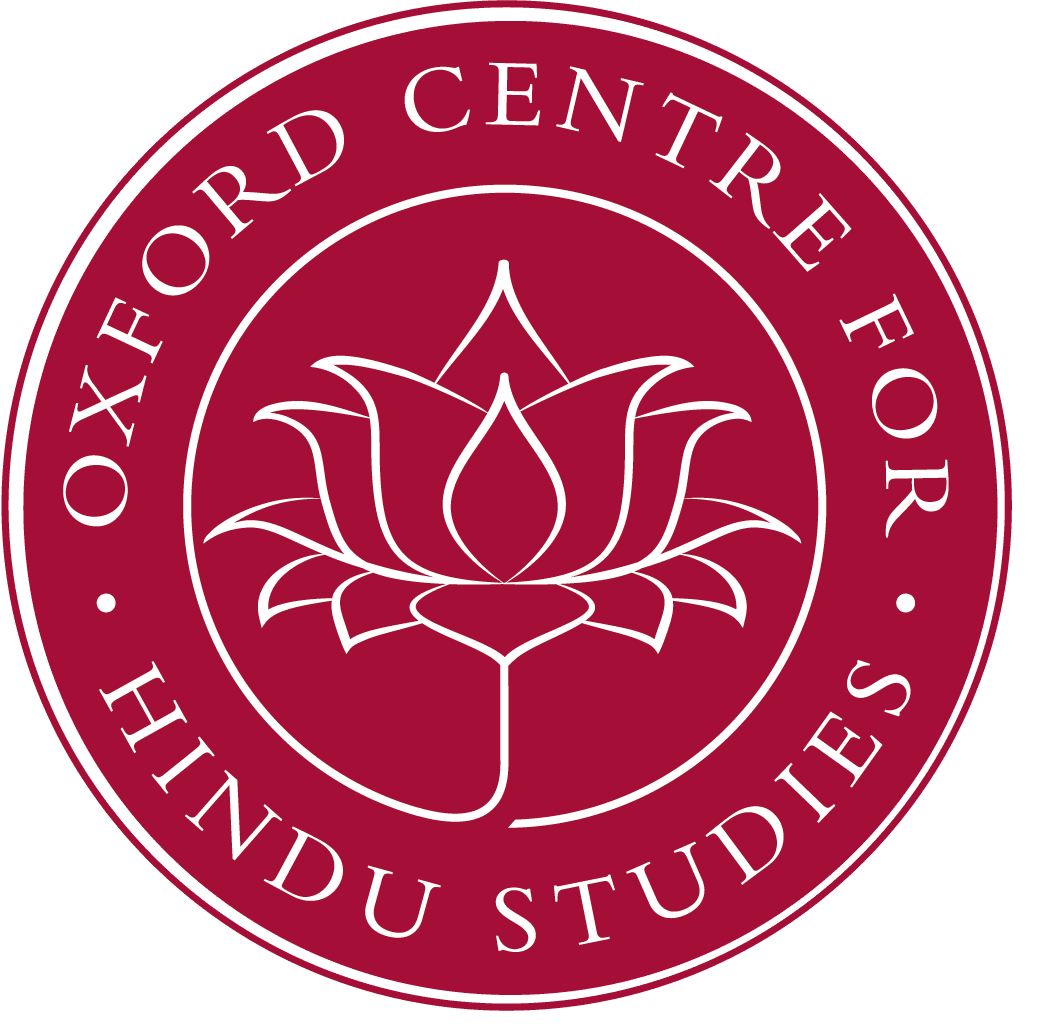There is seen the tendency of Vedism and Brahmanism through out the Buddhist literature, right from the early Pāli canon through the Mahāyāna to the late Buddhist Tantric texts. In the Pāli canon, the terms such as veda, vijjā, tevijja, yañña and so on. These terms have basically Vedic connotations; however they have been used in a different, typically Buddhist sense. In the Mahāyāna scriptures, there are a number of Vedic concepts used to praise the Buddhas and the Bodhisattvas. In the Vajrayāna rituals, we find a growing tendency of Vedism and Brahmanism. While borrowing the Vedic and Brahmanical vocabulary, concepts and ritual practices, the Buddhist did not necessarily adhere directly to particular traditions or texts. The proportion of the usage of such vocabulary and ritualistic practices has increased in the Mahāyāna and, more prominently, in late Buddhist Tantric tradition that involved the muttering of various mantras, offerings into fire and other practices, resembling the Vedic and Brahmanical sacrificial ritual.
